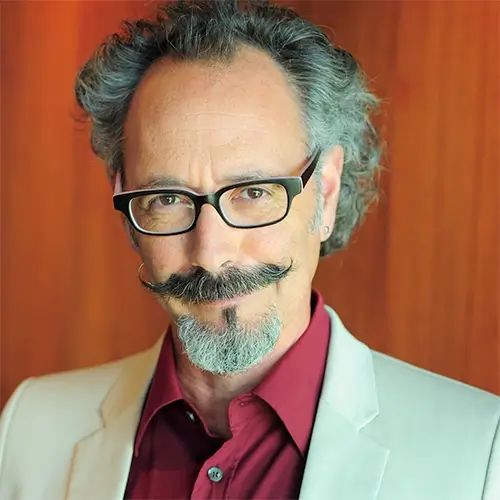Lev L. Spiro is a fine art photographer and filmmaker, whose work tries to convey the sense of mystery and wonder he finds in the natural world.
Work from his series "Fugitive Light", "Night Creatures" and "Thin Places" has been juried into more than 60 exhibitions, including A. Smith Gallery, Southeast Center for Photography, Ph21 Gallery, Midwest Center for Photography, and Davis Orton Gallery, as well as featured in publications including Dodho Magazine, Shadow & Light Magazine, What Will You Remember?, Art Ascent Magazine (Gold Artist, June 2021; Silver Artist, July 2023) All About Photo, and Black + White UK.
Lev currently teaches the fine art photography courses "The Artful Garden" and "Story & Emotion in the Natural World" for Santa Fe Workshops. He's also well known for his tv and film directing work, having helmed more than 160 episodes, pilots and features for tv including multiple Emmy-award winning series such as Orange is the New Black, Ugly Betty, Modern Family, Weeds and Arrested Development. He lives in Los Angeles, California with his wife, screenwriter Melissa Rosenberg, and their two dogs T.Beau and Luna.
ARTICLE:
Elemental